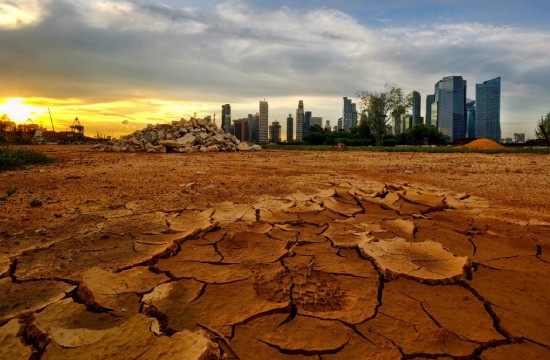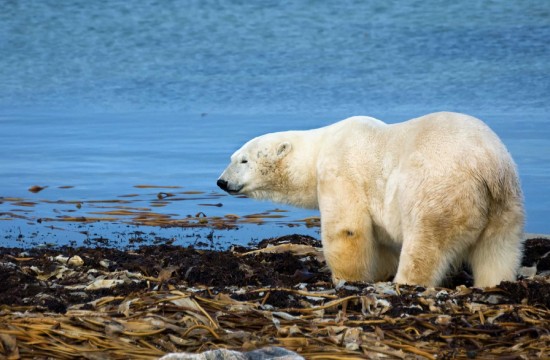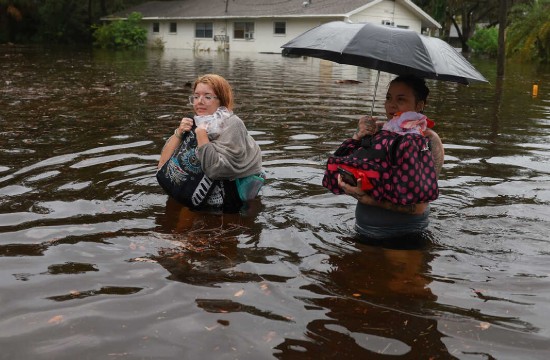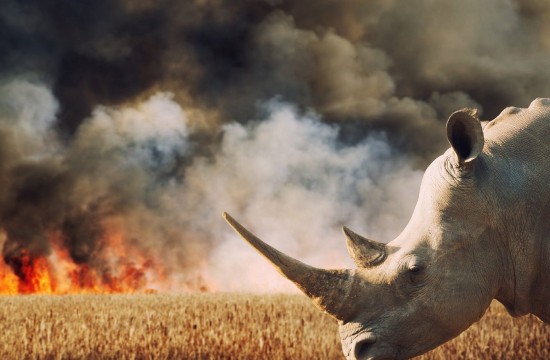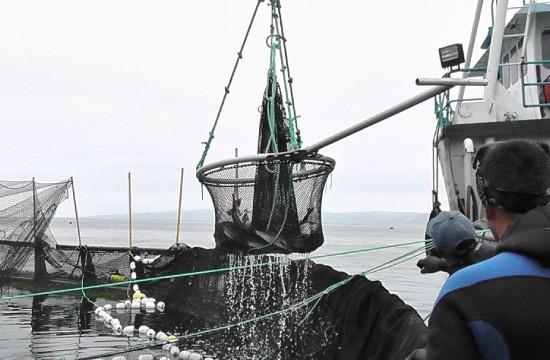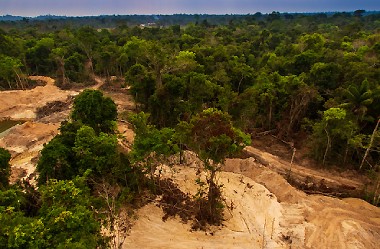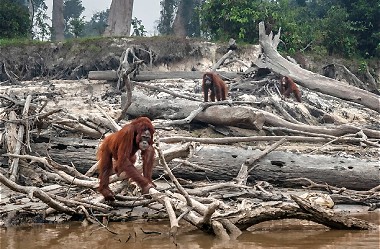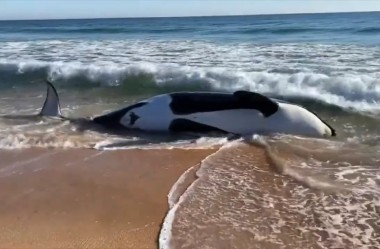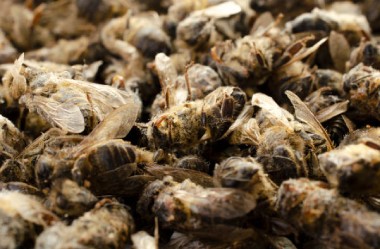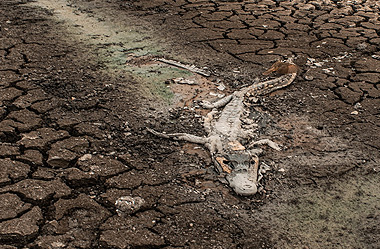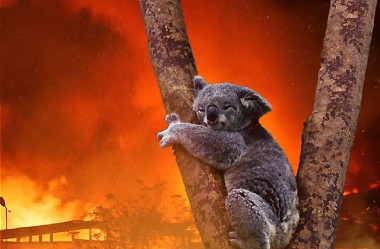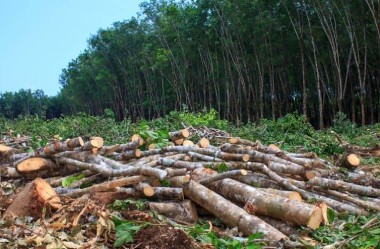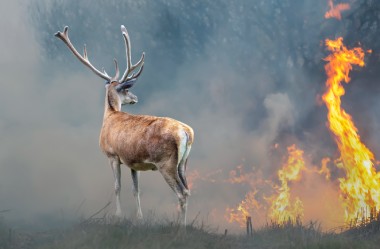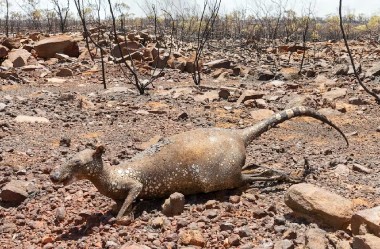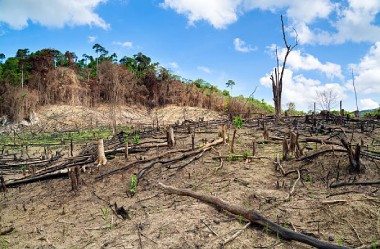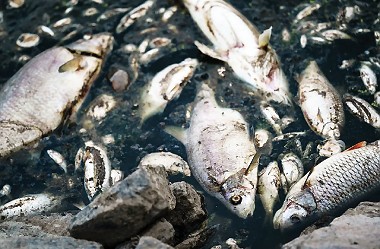The ocean's bounty is not infinite. Our current fishing practices threaten the foundation of a healthy marine ecosystem, pushing biodiversity toward a dangerous decline.
Empty Nets, Empty Seas:
- Overfishing: Alarmingly, nearly 80% of the world's fisheries are already overexploited or depleted. This means the ocean cannot replenish fish stocks as quickly as they are being caught.
- Predators Missing: Ninety percent of large predatory fish, such as tuna and sharks, have vanished from our oceans. This disrupts the delicate balance of the marine food web.
- Unsustainable Demand: A growing global population with an increasing appetite for seafood fuels this overfishing crisis.
A Vicious Cycle:
- Industrial Fishing Fleets: Modern fishing technology far outpaces the ocean's ability to regenerate fish populations. These massive fleets can harvest from an area equivalent to four Earths.
- Bycatch Tragedy: Millions of tons of fish are unintentionally caught and discarded every year. This wasted life represents 10% of the total catch, highlighting the inefficiency and brutality of current practices.
The Stakes Are High:
- Economic Collapse: Continued overfishing threatens not only the environment but also our food security. "Fish and Chips off the Menu?" This stark warning from Greenpeace underscores the potential economic consequences.
- Ecosystem Imbalance: The loss of biodiversity weakens the entire marine ecosystem. This can lead to cascading effects, impacting everything from water quality to coastal communities.
Biodiversity, the rich tapestry of life on Earth, is unraveling at an alarming rate. This decline poses a significant threat to our planet's health and well-being. Here's a closer look at the significant challenges driving this biodiversity loss:
- Habitat Destruction: Conversion of natural habitats like forests, grasslands, and wetlands for agriculture, urbanization, and infrastructure development destroys the homes of countless species. This fragmentation disrupts ecosystems and isolates populations, leading to decline and extinction.
- Climate Change: Rising temperatures, changing weather patterns, and ocean acidification disrupt ecosystems and threaten the survival of species that cannot adapt quickly enough. Rising sea levels also inundate coastal habitats, reducing available space for many species.
- Overexploitation: Unsustainable hunting, fishing, and logging practices deplete populations of wild animals and plants. This disrupts food chains and weakens ecosystems, leading to long-term damage.
- Invasive Species: Introducing non-native species into new environments can be devastating. Invasive species compete with native species for resources, prey on them, and can even spread diseases. This can lead to the decline or extinction of native species.
- Pollution: Pollution from chemicals, fertilizers, and plastics contaminates ecosystems and harms wildlife. Pollutants can disrupt hormones, impair reproduction, and cause various animal health problems.
A Web in Peril:
These factors interact and amplify each other, creating a cascading effect. Habitat destruction and climate change can make species more vulnerable to overexploitation and invasive species. Pollution can further weaken populations already struggling to survive other threats.
The Consequences of Loss:
Biodiversity loss has far-reaching consequences:
- Disrupted Ecosystems: Healthy ecosystems provide essential services like water purification, pollination, and flood control. Biodiversity loss weakens these services, jeopardizing the health of the planet and the well-being of humans.
- Reduced Food Security: Pollinators like bees and butterflies are crucial in food production. Biodiversity loss can threaten these species, impacting food security for millions.
- Loss of Potential Resources: Undiscovered plants and animals could be key to new medicines, food sources, and industrial materials. Biodiversity loss reduces these options and hinders potential scientific advancements.
The decline of biodiversity is a pressing issue demanding immediate action. Protecting habitats, mitigating climate change, promoting sustainable practices, and controlling invasive species are crucial. By working together, we can safeguard the intricate web of life and ensure a healthy planet for future generations.

